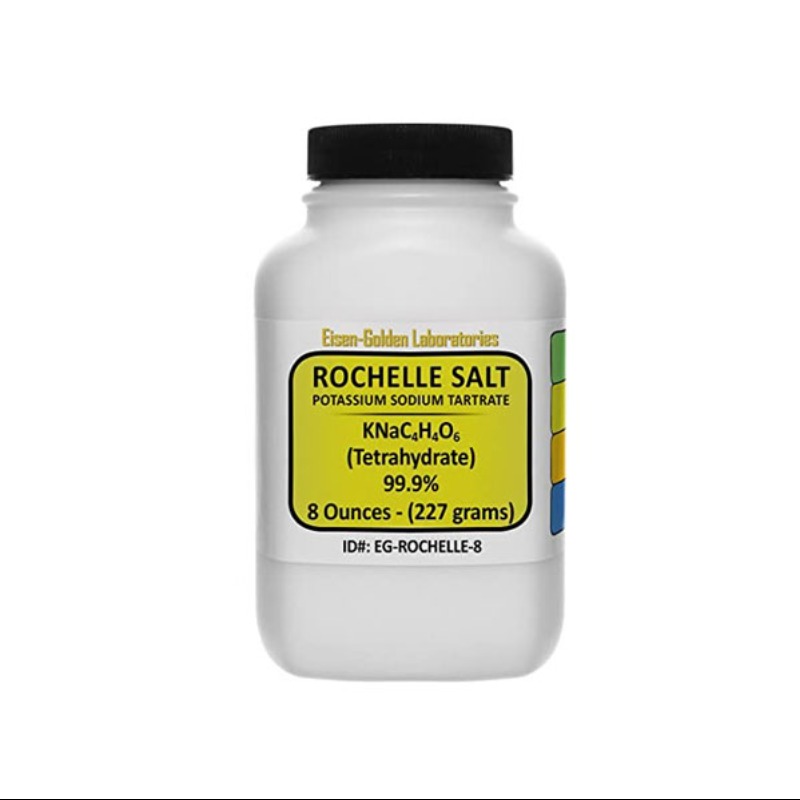
Buffering Agent: It acts as a buffering agent, helping to maintain the pH of certain foods and beverages.
Stabilizer: It stabilizes solutions, preventing crystallization in syrups, jellies, and candies.
Emulsifier: It aids in emulsification processes, ensuring uniform mixing of ingredients in food products like sauces and dressings.
Texturizer: It improves the texture of certain foods, contributing to smooth ness and consistency.
No Review Found.
echem
468
Total Item
Login To Comment